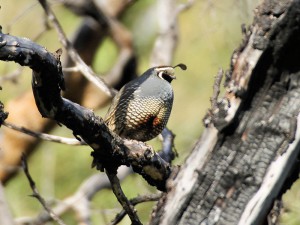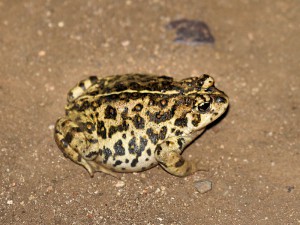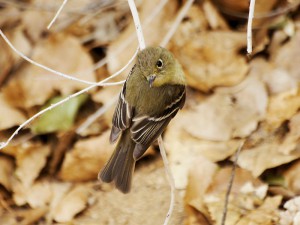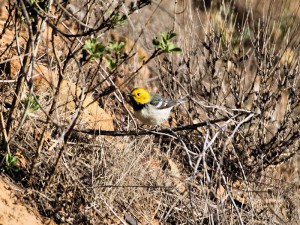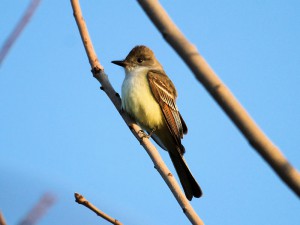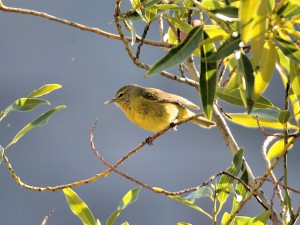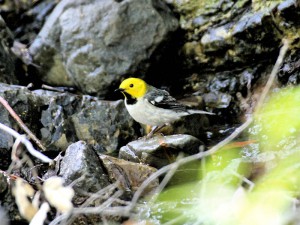The Spring Count
May 9th-11th, was the weekend of the 2014 Orange County Spring Bird Count. This event attempts to cover the entire county within a 3-day period. It is conducted in synchrony with hundreds of such counts on the weekend of International Migratory Bird Day (IMBD), IMBD is always the second weekend of May. Annually, birders census birds on as many of the county’s birding hotspots as possible. Coverage of the entire county is not a feasible objective. Each count area submits data to eBird, so they are available to birders and researchers across the country almost instantaneously. The Orange County Spring Count is managed by Sea & Sage Audubon each year.
Conditions
This year’s Count featured many interesting hits and misses. Owing to the drought conditions, we saw few non-urban raptors, Many experienced pairs simply aren’t even attempting to nest. Owl numbers were way down. Even though nesting boxes are available, Barn Owls are failing to nest. We had low numbers of Western Screech-Owls and Great Horned Owls, and couldn’t raise a single Barn Owl in areas where they are usually numerous. Thus the most numerous night bird in Silverado Canyon was the Common Poorwill.
In Limestone Canyon (access granted by the Irvine Ranch Conservancy and Orange County Parks), the most common night bird was the Western Screech-Owl. We did have at least five of the large California subspecies of the Western Toad (Anaxyrus boreas halophilus) crossing the road in front of us. This is the middle of their breeding season, but with water levels so low everywhere, one wonders how much success they will have. In any case, there were plenty out and about.
High Counts
But it wasn’t all about what was missing either. There were still plenty of vireos, flycatchers and warblers about in both the foothill canyons and coastal green spaces. This Pacific-slope Flycatcher (Empidonax difficilis) is a common resident breeding species in much of Orange County. Some areas like Serrano Creek Park hosting multiple pairs within a short distance. It seems to be a big year for Canyon Wrens (Catherpes mexicanus) down on the coastal plain. We had three singing birds on a 7-mile hike through Laurel Canyon of the Laguna Coast Wilderness, and another one near Tucker Wildlife Sanctuary in Modjeska Canyon.
Wilson’s and Orange-crowned were the most numerous warblers, in that order, but there were good numbers of Hermit Warbler (Setophaga occidentalis) still moving through, including some in unlikely locations. This handsome male was one of a group of 3 driven into scrubby vegetation by powerful winds on the Harding Canyon truck trail on Sunday. All photos were taken with a Canon EOS Rebel T3 camera using a Canon 100-400 mm zoom lens.

